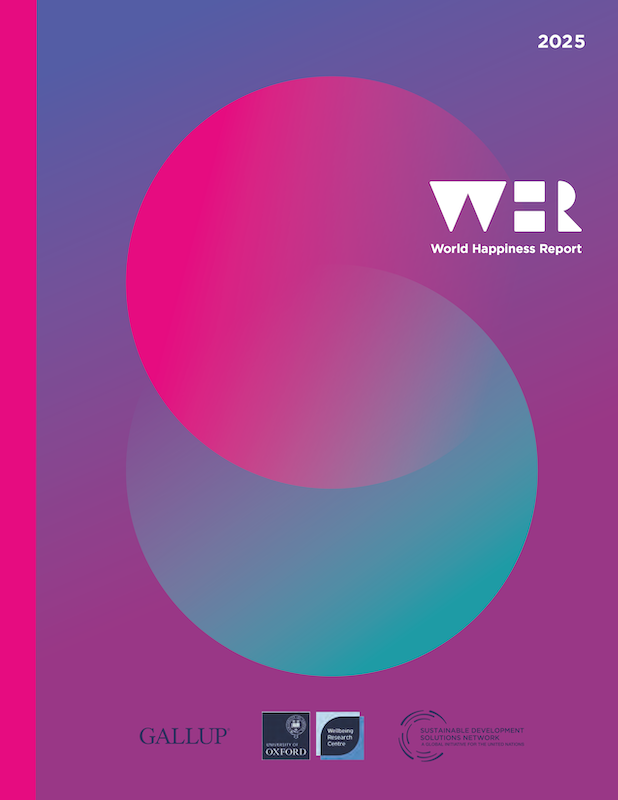
The scientific value of numerical measures of human feelings
Proceedings of the National Academy of Sciences of the United States of America
Caspar Kaiser and Andrew J. Oswald
Significance
Human feelings cannot be expressed on a numerical scale. There are no units of measurement for feelings. However, such data are extensively collected in the modern world—by governments, corporations, and international organizations. Why? Our study finds that a feelings integer (like my happiness is X out of 10) has more predictive power than a collection of socioeconomic influences. Moreover, there is a clear link between those feelings numbers and later get-me-out-of-here actions. Finally, the feelings-to-actions relationship appears replicable and not too far from linear. Remarkably, therefore, humans somehow manage to choose their numerical answers in a systematic way as though they sense within themselves—and can communicate—a reliable numerical scale for their feelings. How remains an unsolved puzzle.
Abstract
Human feelings measured in integers (my happiness is an 8 out of 10, my pain 2 out of 6) have no objective scientific basis. They are “made-up” numbers on a scale that does not exist. Yet such data are extensively collected—despite criticism from, especially, economists—by governments and international organizations. We examine this paradox. We draw upon longitudinal information on the feelings and decisions of tens of thousands of randomly sampled citizens followed through time over four decades in three countries (n = 700,000 approximately). First, we show that a single feelings integer has greater predictive power than does a combined set of economic and social variables. Second, there is a clear inverse relationship between feelings integers and subsequent get-me-out-of-here actions (in the domain of neighborhoods, partners, jobs, and hospital visits). Third, this feelings-to-actions relationship takes a generic form, is consistently replicable, and is fairly close to linear in structure. Therefore, it seems that human beings can successfully operationalize an integer scale for feelings even though there is no true scale. How individuals are able to achieve this is not currently known. The implied scientific puzzle—an inherently cross-disciplinary one—demands attention.




